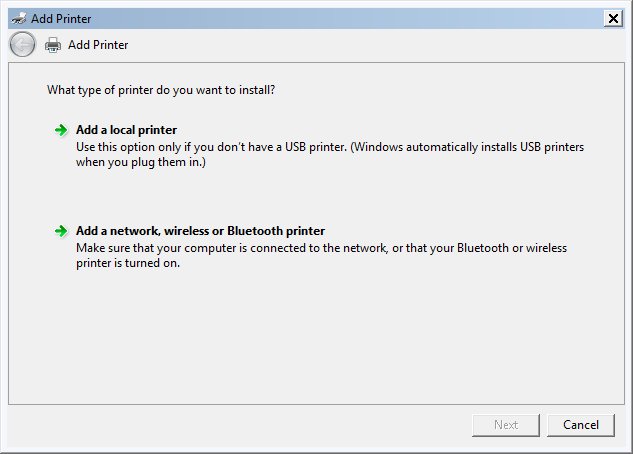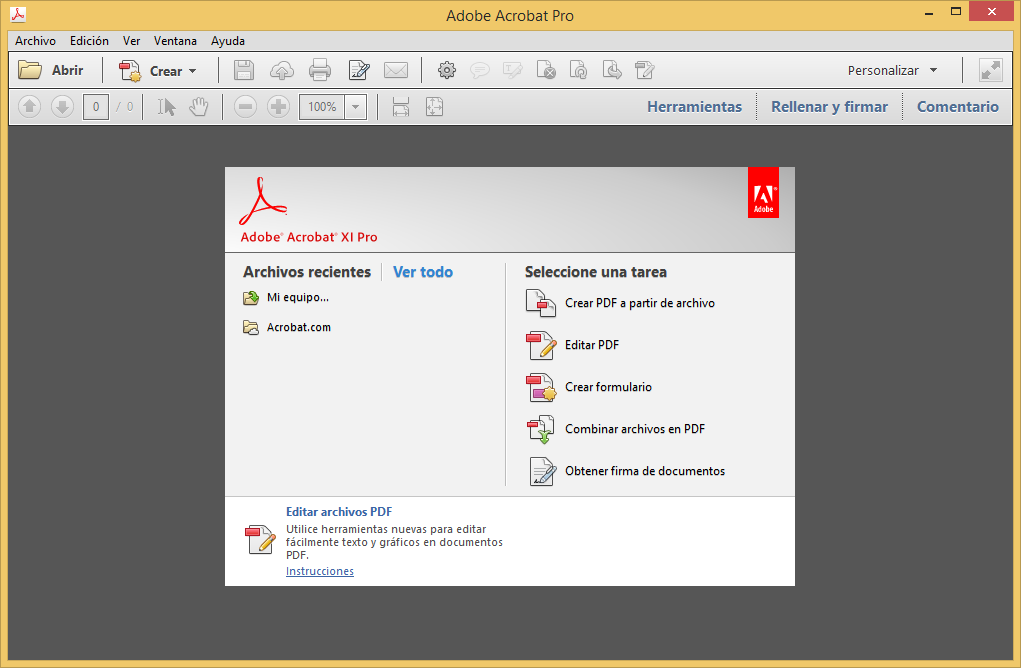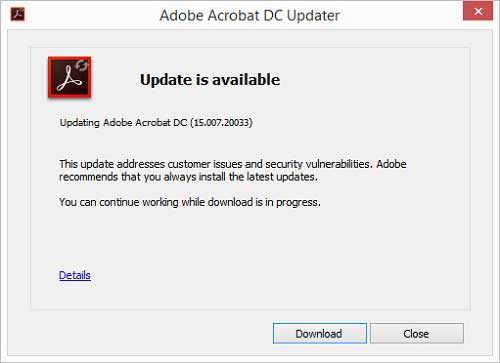


The culprit I have found is my Nuance PDF Creation tools that are using the ImageToPDF engine.

In summary, the workaround everyone is talking about, using an alternate reader, of course works. Perhaps he did a "print" which seems like it could work. I checked the PDF versions made by the tools and they are all set to 1.5.Ī customer mentioned being able to convert them in a way they worked by saving them without having to do any kind of extraction, but I have not been able to duplicate that. If I use the exact same source files to create a PDF using any of my other tools I have no issues. Perhaps there's a common engine causing issues. What created your PDF by doing a "Control D" (look at the document properties). Using ABBYY it indicates their own engine as does everyone else that I've tried. When I look at the PDF properties for these Nuance created files, the underlying engine used to write them is called "ImageToPDF". The PDFs I created using NUANCE'S PDF CREATE PROFESSIONAL VERSION 8Īll fail using the built-in Windows 8/10 PDF reader. Here is what I've learned for my situation I am running the Windows 10 Pro Tech Preview and I have this same problem so I know it isn't fixed yet in any kind of pre-release way (-sigh-) There are a bunch on Android that I test with too. Nitro 9 (great for moving graphical elements around).Foxit (runner up for me and I recommend for most people).I personally test my PDFs using a variety of readers and PDF editors including To date, I have over 200 PDFs that have functioned flawlessly across Mac, PC (Windows 7 and below), Android, iPhone/iPad, Linux. My files have to be compatible not just across readers but across operating systems. I have done a fair amount of investigating this for my system. This has turned out to be an enormous issue for me as I sell PDF files as ebooks.


 0 kommentar(er)
0 kommentar(er)
